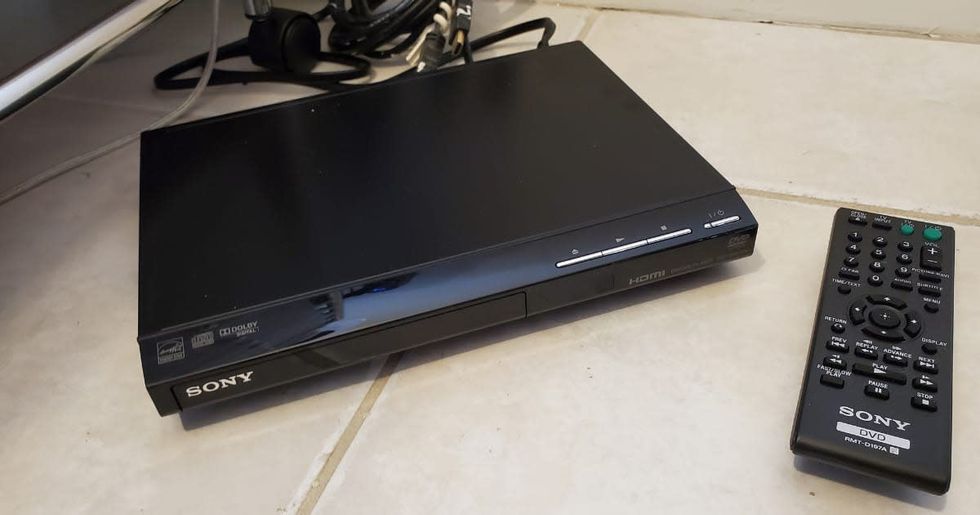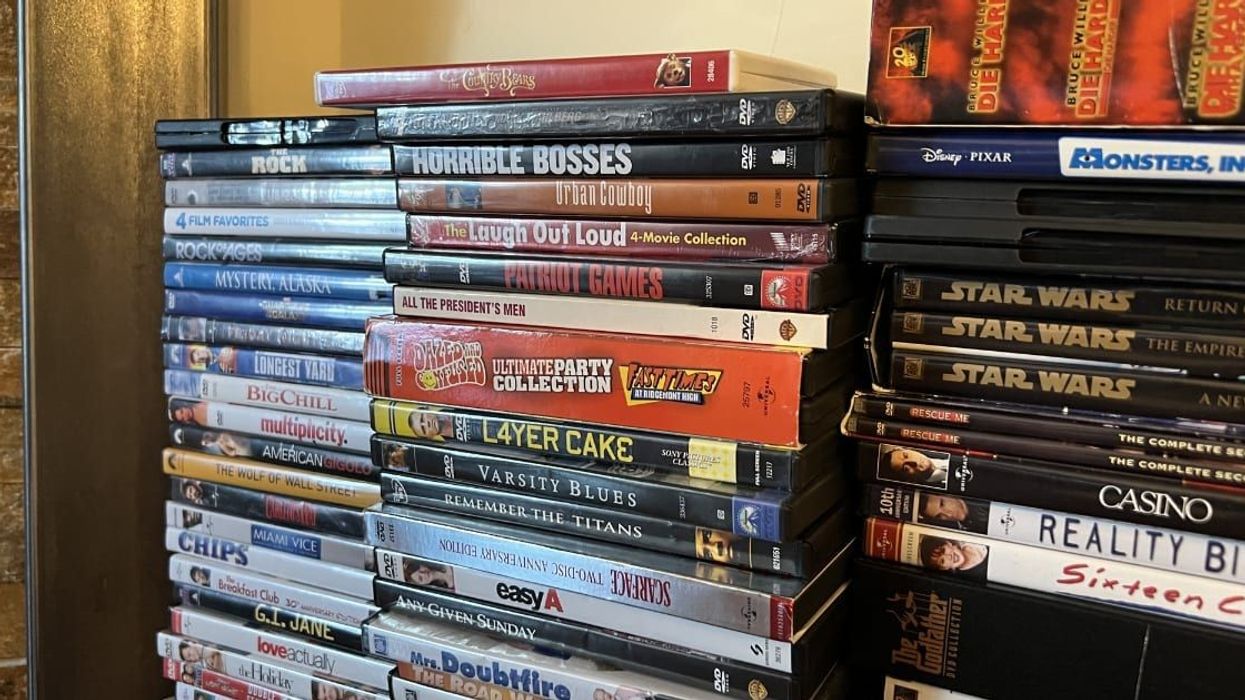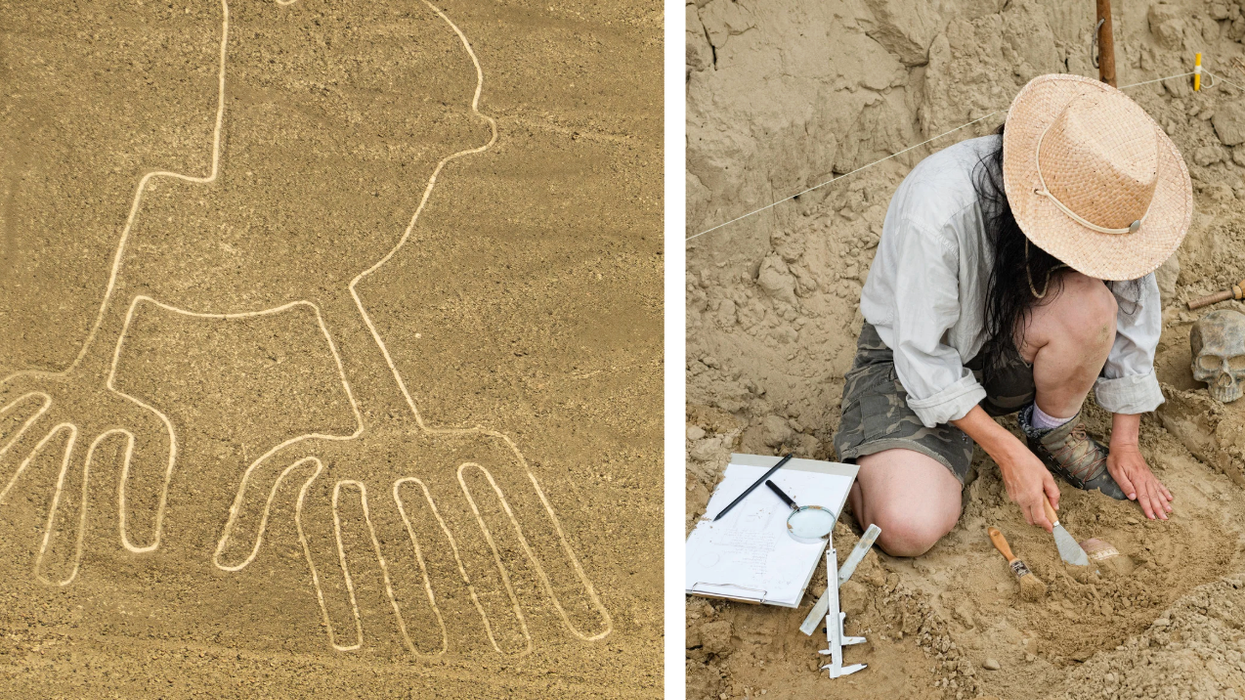Home entertainment has evolved, especially for Gen Z and Gen Alpha. The days of organizing DVDs have given way to the familiar 'Tudum' of Netflix. However, DVDs were once the primary source of entertainment. Despite streaming's rise, DVDs evoke nostalgia and remain cherished by collectors and enthusiasts, holding a fascinating history, reported Capture.

To understand DVDs, we must first look at the now-obsolete Video Home System (VHS). Introduced by JVC in Japan in 1976, VHS revolutionized home entertainment. From the late '70s to mid-'90s, these tapes were a cost-effective way to watch, record, rewind, and fast-forward movies at home, making them hugely popular.
In the mid-'90s, the need for more data storage led to the creation of CDs and DVDs. Although CDs came first, their limited storage capacity paved the way for DVDs, which could hold between 4.7 to 17 gigabytes compared to a CD's 700 MB.

Toshiba and Time Warner spearheaded the development of these large storage discs which were initially known as the “Digital Video Disk.” However, large companies like Microsoft added to the potential, renaming it as “Digital Versatile Disc.”

The first Digital Video Disc (DVD) technology was released in Japan on November 1, 1996, with movies like “Blade Runner” and “The Fugitive” and had a capacity of 1.46 GB. After five months, on March 24, 1997, the DVD format was officially released in the United States with the movie “Twister.” The movie was originally released in May 1996 and centered around a young woman who grew up to become a scientist and storm chaser trying to find what lies in the dark side of tornados, per Warner Bros.
Besides "Twister," some of the other feature films released on DVD in America were "A Time to Kill," "Blade Runner," "Eraser," "Goodfellas," "Interview with the Vampire," "The Road Warrior," "Se7en," "The Birdcage," "The Bridges of Madison County," "The Fugitive," "The Mask," "The Wizard of Oz," "Unforgiven" and "Woodstock," per Southtree.
DVDs quickly became popular due to their durability, innovative concept, and large storage capacity. However, high demand kept prices high, delaying their widespread availability.

It was in 2003 that these advanced discs started to become more affordable for the consumer market. During this phase, companies took the opportunity of the powers of these discs and introduced them in various genres including gaming. For example, Sony's Playstation 2 which was released in 2000 could play DVDs - which became a unique selling point of the product. The age of the DVD may be nearing its end but truth be told, its historic effect on the way films are produced, sold, and enjoyed is what makes it special.


















 Image frmo Scientific Reports of ancient artwork. Image Source:
Image frmo Scientific Reports of ancient artwork. Image Source:  Image frmo Scientific Reports of ancient artwork.Image Source:
Image frmo Scientific Reports of ancient artwork.Image Source:  Image frmo Scientific Reports of ancient artwork.Image Source:
Image frmo Scientific Reports of ancient artwork.Image Source: 

 It's difficult to imagine seeing a color and not having the word for it. Canva
It's difficult to imagine seeing a color and not having the word for it. Canva
 Sergei Krikalev in space.
Sergei Krikalev in space. 


 The team also crafted their canoe using ancient methods and Stone Age-style tools. National Museum of Nature and Science, Tokyo
The team also crafted their canoe using ancient methods and Stone Age-style tools. National Museum of Nature and Science, Tokyo The cedar dugout canoe crafted by the scientist team. National Museum of Nature and Science, Tokyo
The cedar dugout canoe crafted by the scientist team. National Museum of Nature and Science, Tokyo